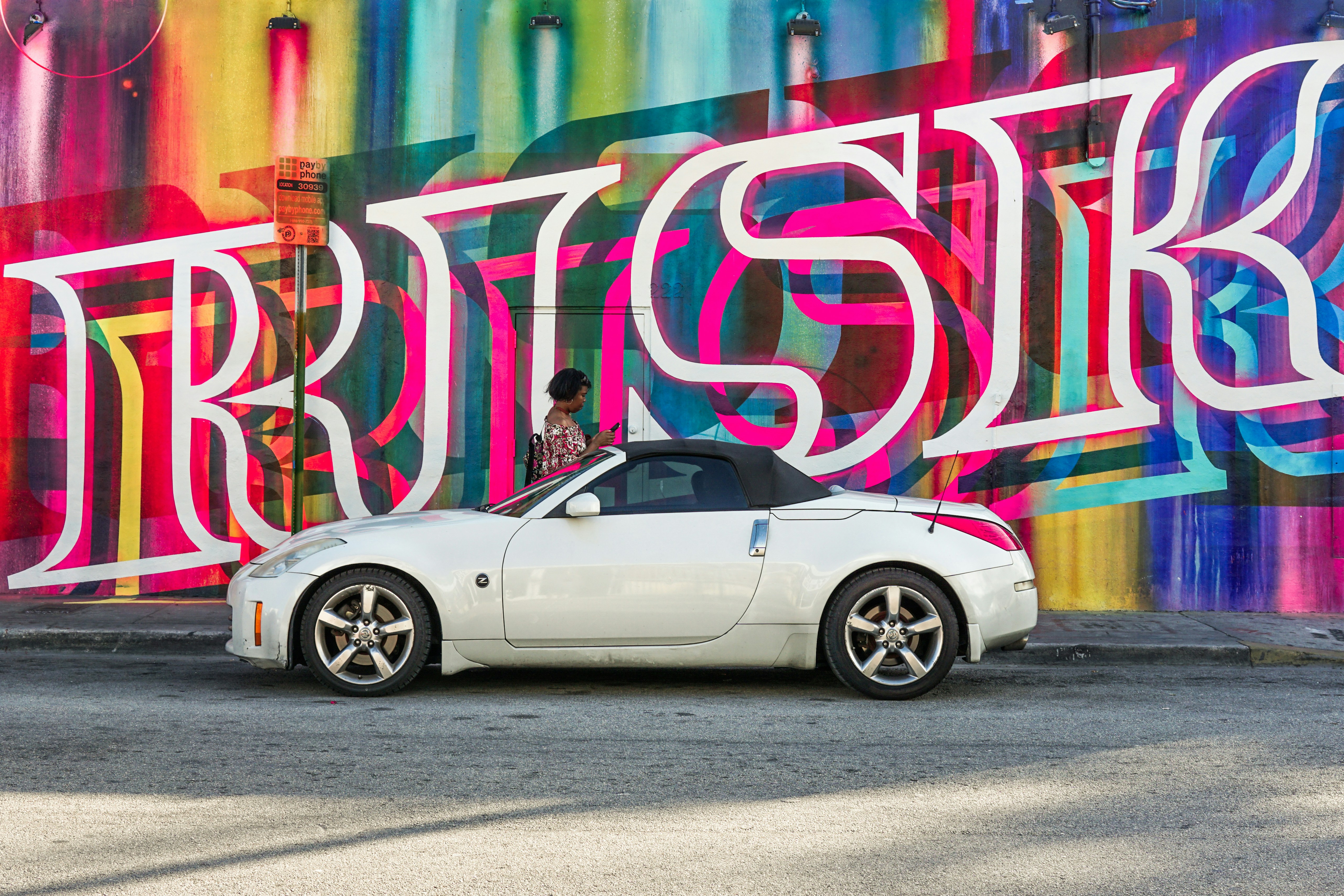Introduction to painting a car
Painting a car can seem like a daunting task, whether you’re looking to refresh its look or completely change the color. But before diving into this exciting project, it’s crucial to understand one key aspect: how much paint you’ll need. The last thing you want is to end up with too little or too much paint cluttering your garage. So, let’s break down the essentials and help you get started on your automotive makeover without any hiccups. Ready to transform that ride? Let’s find out just how much paint it takes!
Factors that determine how much paint is needed
When estimating how much paint to paint a car, several factors come into play. The size of the vehicle is crucial. A compact car will require significantly less paint than an SUV or truck.
The type of finish you desire also matters. Glossy finishes might need extra layers compared to matte ones, impacting overall paint usage. Additionally, whether you’re doing a full repaint or just touching up certain areas can change your calculations.
Environmental conditions are another consideration. Humidity and temperature affect drying time and may necessitate additional coats for optimal coverage.
The painting method influences quantity as well. Spraying often uses more paint than brushing due to overspray and misting effects. Each factor intertwines with others, making it essential to analyze them carefully when determining how much paint you’ll need for your project.
Types of car paint and their coverage capabilities
When considering how much paint to paint a car, it’s essential to understand the different types of car paint available. Each type has unique properties that can affect coverage and finish.
Acrylic enamel is popular for its durability and high gloss. It typically covers around 300-400 square feet per gallon.
If you’re looking for something more robust, polyurethane paints offer excellent resistance to chemicals and UV rays. These tend to cover slightly less area but provide an exceptional finish.
Water-based paints are gaining traction due to their eco-friendliness. They generally cover between 250-350 square feet per gallon, making them ideal for DIY projects while minimizing environmental impact.
Consider specialty paints like metallic or pearl finishes. While they look stunning on vehicles, they may require more product due to their pigment density—often covering closer to the lower end of the spectrum.
How to calculate the amount of paint needed for your car
Calculating the amount of paint needed for your car can be straightforward. Start by measuring the surface area you plan to paint. This includes the body panels, bumpers, and any additional parts.
A standard rule is that one gallon of auto paint typically covers about 300 square feet. However, coverage may vary based on factors like color and type of paint used.
Next, consider how many coats you’ll apply. Most jobs require at least two to three coats for a smooth finish. Multiply your initial estimate by this number.
Don’t forget about primer and clear coat; they also require their own calculations. It’s wise to purchase a little extra just in case—paint mishaps happen more often than you’d think! Always consult with professionals or refer to specific product guidelines for more accurate estimates tailored to your vehicle’s needs.
Tips for buying the right amount of paint
When buying paint for your car, always account for the type of finish you desire. Different finishes can absorb paint differently. For instance, matte finishes might need more coats than gloss.
Consider purchasing extra paint. It’s better to have a little left over than to run out midway through the project. Storing leftover paint is also a good idea for future touch-ups.
Check the manufacturer’s recommendations on coverage per gallon. This can vary based on factors like color and surface texture.
Consult with professionals if you’re unsure about quantities. Many auto supply stores have knowledgeable staff ready to help you make informed decisions.
Don’t forget about primer! Primers often require their own calculations and may affect how much topcoat you’ll ultimately need.
Cost breakdown of painting a car
When considering the cost breakdown of painting a car, several factors come into play. First, you’ll need to account for the paint itself. Quality automotive paint can range from $30 to $100 per quart.
Next is labor, especially if you’re hiring professionals. Labor costs can be significant and typically vary based on location and experience. Expect anywhere from $300 to over $1,500 depending on the complexity of your project.
Don’t forget about additional supplies. Sandpaper, primer, clear coat, masking tape, and other materials might add another $50 to $200 to your budget.
If you opt for a DIY approach, consider equipment rental or purchase costs like spray guns or air compressors. These tools can significantly influence overall expenses as well.
Any prep work required—like body repairs or rust treatment—will also impact pricing considerably. Each element contributes to the total investment in giving your vehicle a fresh look.
Conclusion
Painting a car is an exciting project that can breathe new life into your vehicle. However, understanding how much paint to paint a car is crucial for achieving the best results. The amount you need depends on several factors, including the size of the car and the type of paint used.
Different types of automotive paints have varying coverage capabilities. Knowing this will help you make informed decisions. Calculating the exact amount needed can save time and money in the long run.
When preparing for your painting endeavor, consider tips for buying just enough paint without overspending or running short mid-project. A clear cost breakdown allows you to budget appropriately and avoid any unexpected expenses.
Being well-informed about these aspects ensures that your car gets a fresh coat it deserves—without wasting resources or effort along the way. Whether you’re aiming for perfection in DIY projects or seeking professional assistance, having accurate knowledge empowers you as a savvy consumer ready to revamp that ride.
